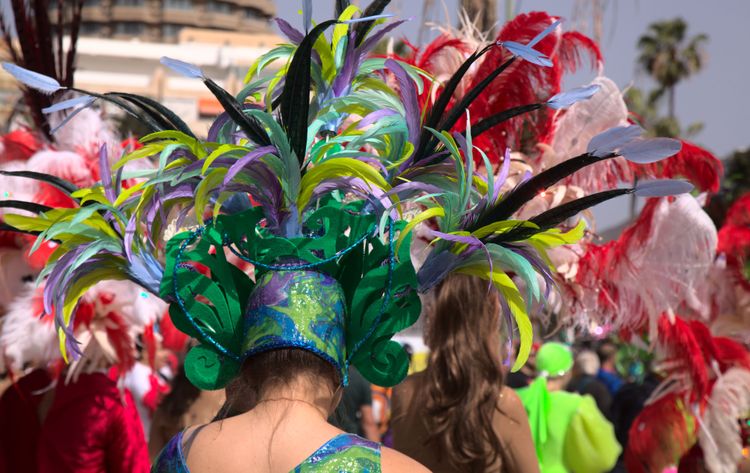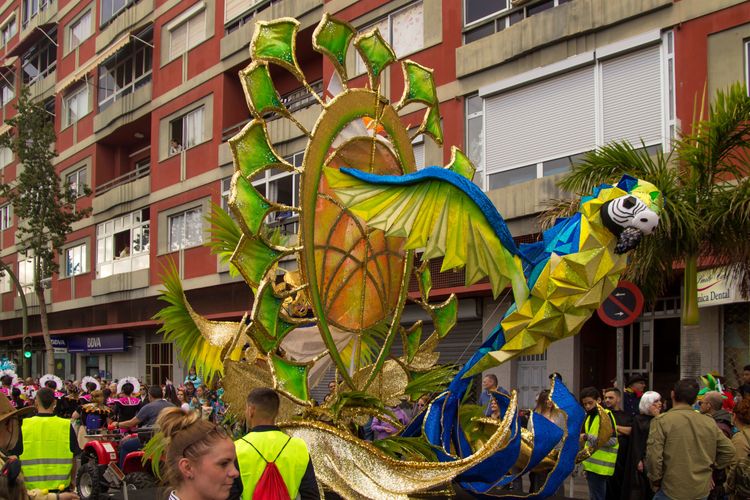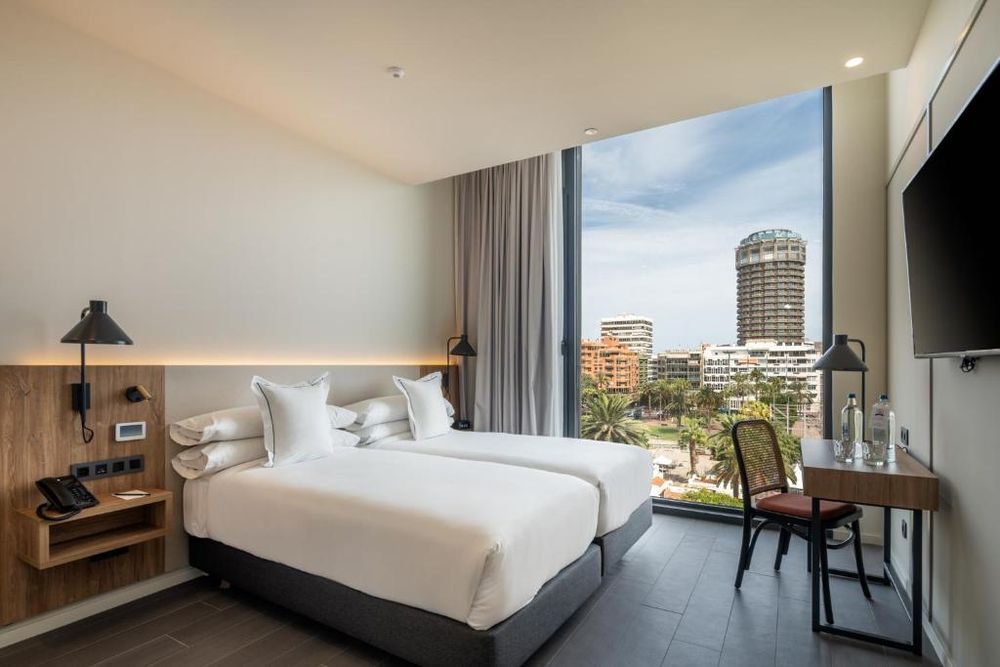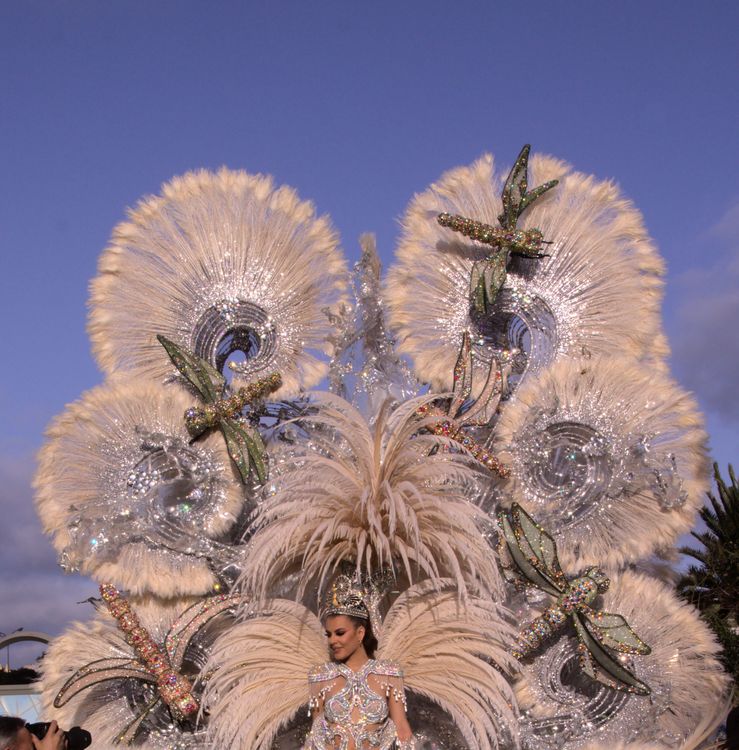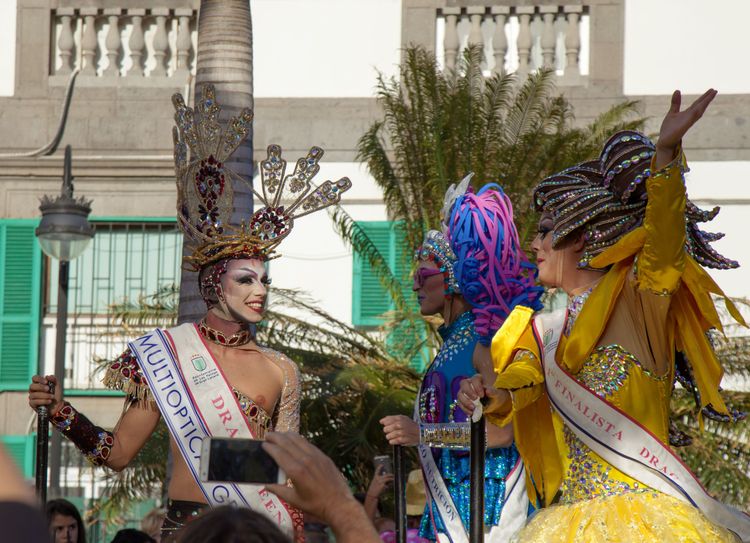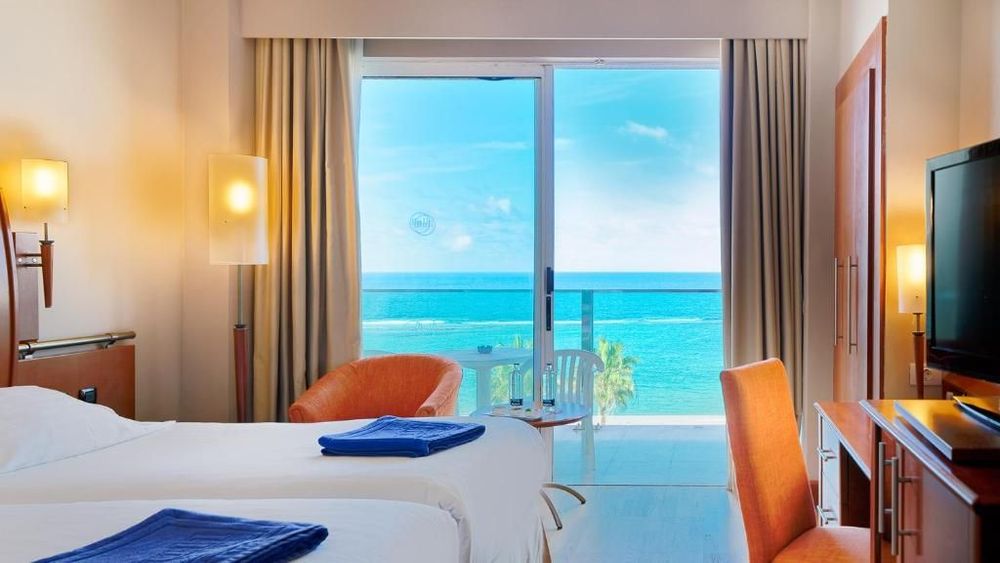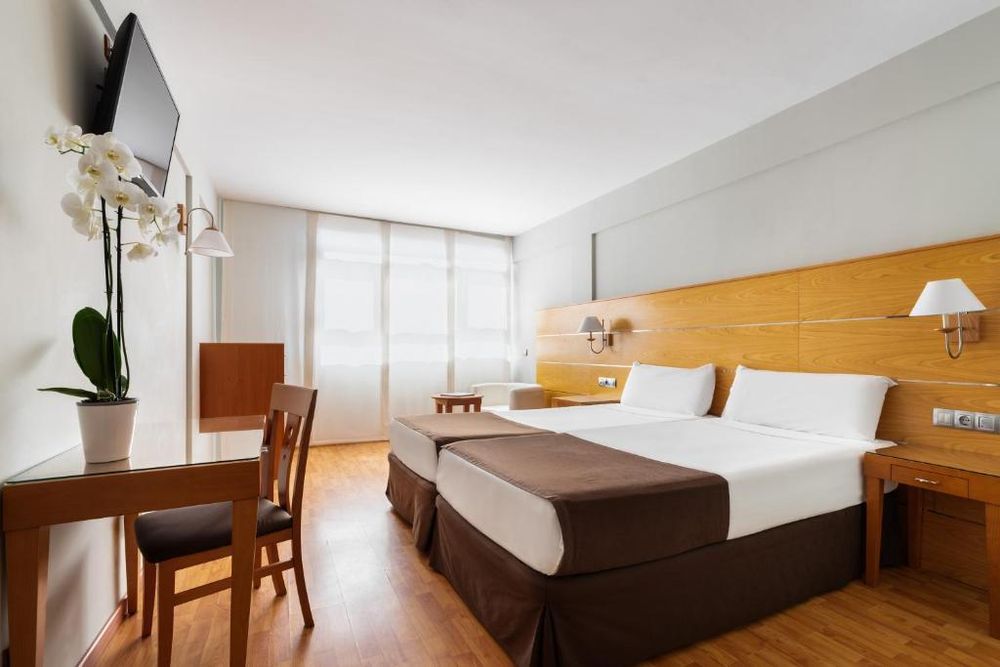The Carnival of Las Palmas de Gran Canaria is one of the oldest and most characteristic festivals in the capital of Gran Canaria. Since its foundation in the 15th century, more specifically in 1478, the city of Las Palmas de Gran Canaria has had the capacity to mix cultures, as people from many places have always arrived here. Since the 16th century, several documents mention the presence of Italians in the city, as well as their fondness for masked dances, which gradually became part of the popular imagination and culture of this beautiful island.
The first great step forward for the Carnival of Las Palmas took place in the 19th century with the appearance of socio-cultural institutions, since they had the capacity to organise various festivities. To this were added the first parades of floats and floats accompanied by masks, which also coincided with the time of the Círculo Mercantil, the Gabinete Literario and the Club Las Palmas.
